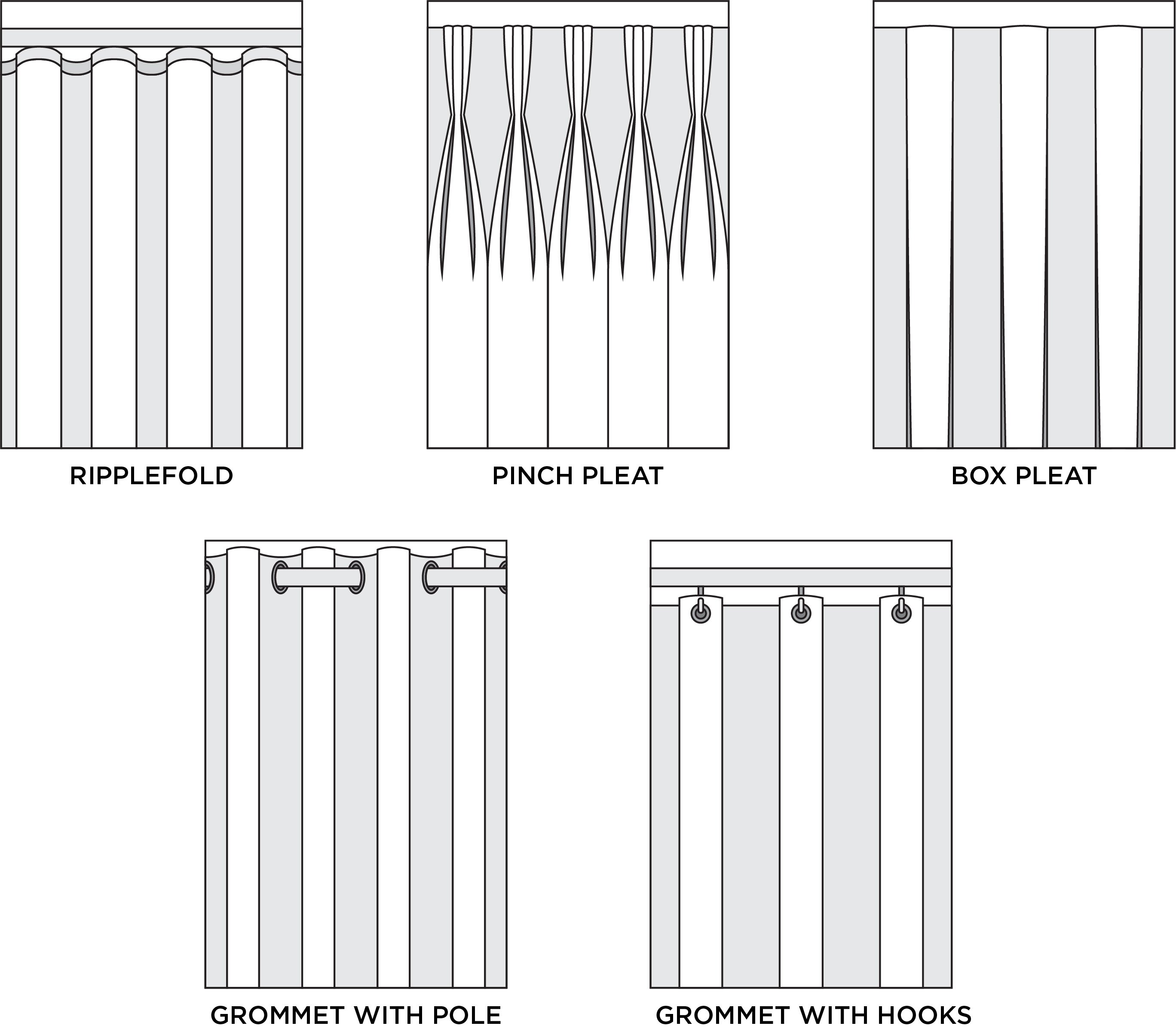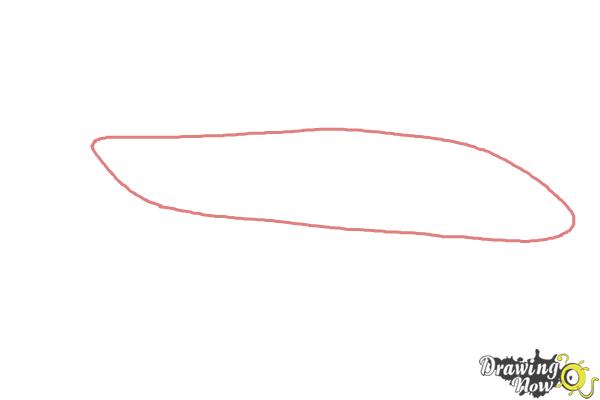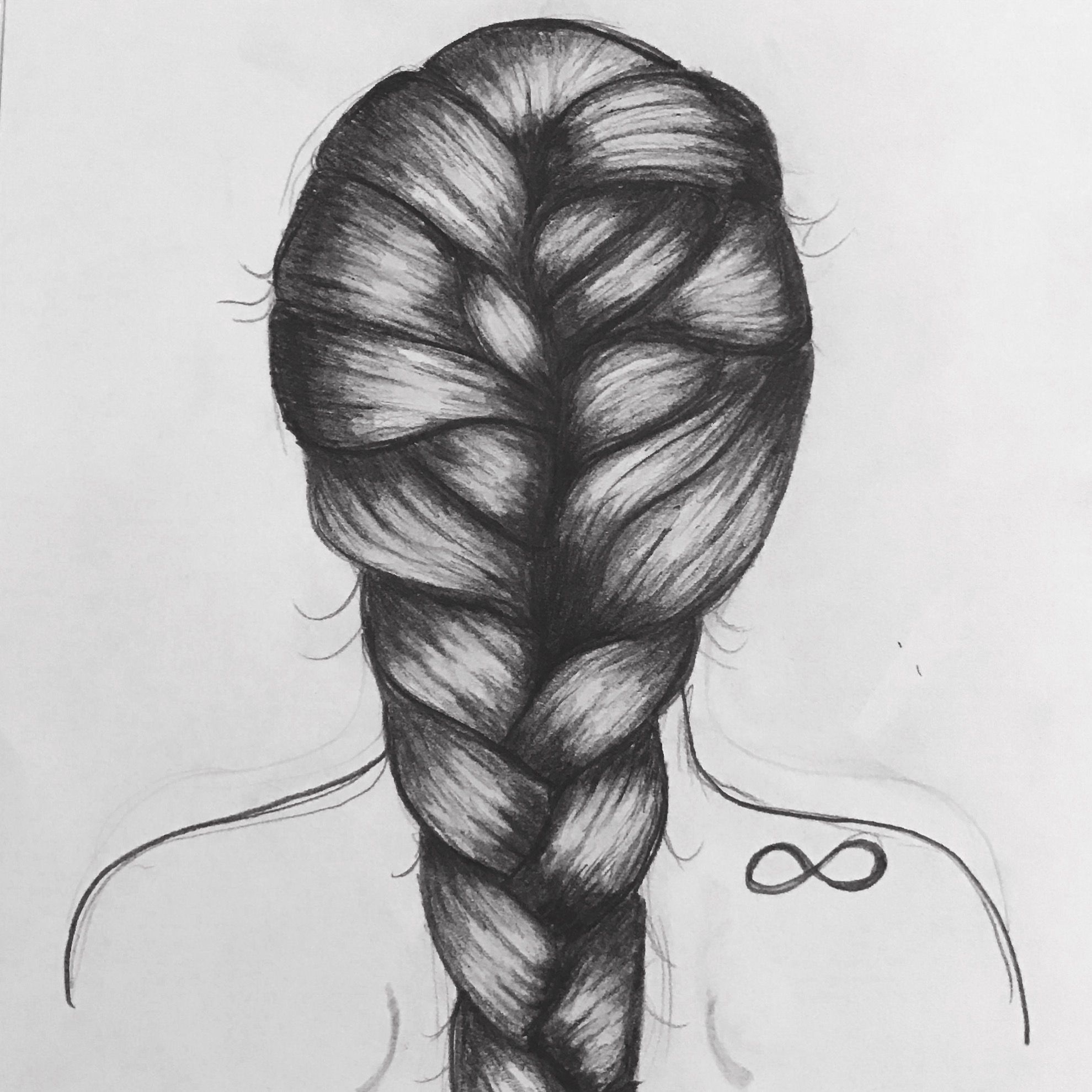Emily brown s art drapery drawing
Table of Contents
Table of Contents
Are you struggling to draw drapery in your artwork? Do you find it difficult to make your fabric look realistic and flowing? If so, you’re not alone. Drawing drapery can be a challenge for many artists, but with a few simple tips and techniques, anyone can master this skill.
Drapery can be a pain point for artists who are looking to create dynamic and realistic artwork. Whether you’re drawing clothing, curtains, or other fabric-based objects, it can be difficult to capture the texture, movement, and shading of the material. This can result in artwork that looks flat, stiff, or unrealistic.
So, how can you draw drapery like a pro? The key is to break down the process into simple steps and practice regularly. Start by observing the way fabric looks in real life or in photographs. Pay attention to the way it folds, bunches, and drapes over surfaces. This will help you to understand how to create realistic fabric textures in your artwork.
To draw drapery, you’ll need to master a few key skills, including shading, texture, and perspective. Shading is important to create depth and dimensionality in your artwork, while texture can help to make the fabric look realistic and flowing. Perspective is crucial to make the drapery look like it is hanging naturally in space, rather than flat against the page.
My Experience Drawing Drapery
When I first began drawing drapery, I struggled to make my fabric look realistic. It always looked flat and lifeless, without any dimensionality or movement. However, after practicing and observing real-life fabric, I began to understand how to create texture and shading that made my artwork look more dynamic and natural.
To draw drapery, I begin with a basic outline of the shape and drape of the fabric. Then, I add in shading to create depth, using both light and dark values to create contrast. Next, I work on adding texture to the material, making it look soft and flowing. Finally, I adjust the perspective to make the fabric look like it is hanging naturally in space.
Tips and Techniques for Drawing Drapery
If you’re struggling to draw drapery, here are a few tips and techniques that can help:
Use Reference Images
One of the best ways to improve your drapery drawing skills is to use reference images. Look for photographs or real-life fabric objects that you can observe and study. This will give you a better understanding of how fabric behaves and can provide inspiration for your artwork.
Pay Attention to Light and Shadow
Shading is crucial for creating realistic drapery. Pay attention to the way light falls on the fabric and where the shadows are. Use light values for areas that are receiving direct light and dark values for areas that are in shadow. This will help to create dimensionality and depth in your artwork.
Practice Makes Perfect
Like any skill, drawing drapery takes practice. Set aside time each day to work on your technique, observing real-life fabric and experimenting with shading, texture, and perspective. Don’t be afraid to make mistakes or try new things – this is how you’ll improve your skills and create artwork that you can be proud of.
Question and Answer
Q: What tools do I need to draw drapery?
A: You can draw drapery using a variety of materials, including pencils, charcoal, or pastels. The most important thing is to choose a medium that you’re comfortable with and that allows you to create the texture and shading you need.
Q: How do I create realistic folds in the fabric?
A: To create realistic folds in your drapery, you’ll need to pay attention to the way the fabric behaves in real life. Notice where the folds naturally occur and use shading to create highlights and shadows that make them stand out. Experiment with different textures and techniques to create a sense of movement and flow in the fabric.
Q: How can I make my drapery look like it is hanging naturally in space?
A: Perspective is key to creating realistic drapery. Pay attention to where the fabric is hanging and use shading and texture to create the illusion of depth and dimensionality. Experiment with foreshortening and other techniques to create an even more realistic sense of space and movement.
Q: How do I add texture to my drapery?
A: Adding texture to your drapery involves creating the illusion of folds and creases in the fabric. Use shading to create highlights and shadows that make the folds stand out, and experiment with different techniques such as cross-hatching and stippling to add depth and dimensionality to the material.
Conclusion of How to Draw Drapery
Drawing drapery can be challenging, but it’s a skill that can be mastered with practice and patience. By observing real-life fabric, paying attention to light and shadow, and experimenting with different techniques, you can create artwork that captures the movement, texture, and personality of drapery. Don’t be afraid to try new things or make mistakes – this is how you’ll improve your skills and create artwork that speaks to your unique style and vision.
Gallery
Emily Brown’s Art: Drapery Drawing
Photo Credit by: bing.com / drapery drawing emily brown
Middle School Art- Year Round – Michael Bennett – Central Magnet School

Photo Credit by: bing.com / drapery drawing study school middle round year detailed complete
Drapery - DFB Sales

Photo Credit by: bing.com / drapery track ripplefold draperies
Drapery | Drapery Drawing, Drawings, Art Reference

Photo Credit by: bing.com / drapery reference folds drappeggio observational drape references draperie disegno cayiz drappeggi ohdarlingdankeschoen
22 Drawing Drapery Ideas | Art Drawings, Drapery Drawing, Drawings

Photo Credit by: bing.com / drapery






